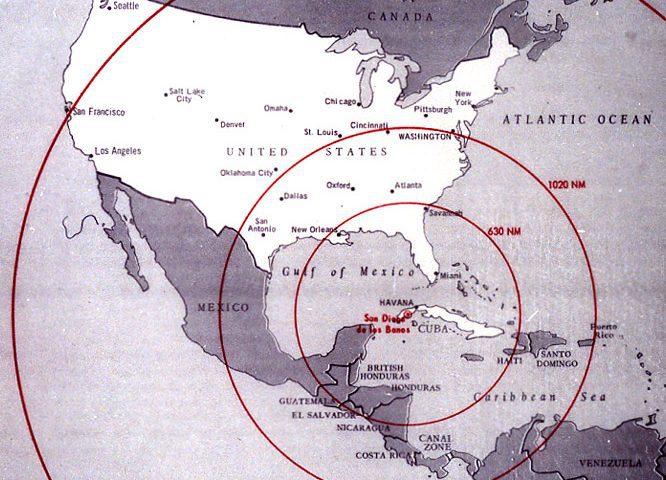Of all the events in the heated relationship between the USA and the then-Soviet Union that pushed both nations close to the brink of war, the Cuban Missile Crisis is regarded as one of the most nail-biting.
Specifically, this confrontation regarded the USSR’s intention to arm Cuba with ballistic missiles – and the steps that the US and its-then President John F. Kennedy took to try and protect the nation against potential catastrophe.
The event is seen as one of the most pivotal in the long-running Cold War, which many believed would have eventually led to all-out nuclear conflict. Thankfully, this didn’t come to pass, but it doesn’t mean that long-range missiles are off the table altogether.
Whether you’re studying for history class or are simply fascinated by this period in US-Russian relations, I’ve put together some interesting facts about the Cuban Missile Crisis. You never know – some of the stats and figures below might just surprise you.
1. The Missile Crisis took place after the Bay of Pigs Invasion.
The Bay of Pigs Invasion was an infamous military manoeuvre mounted by the US to try and overthrow then-Cuban dictator Fidel Castro, who was seen as a growing threat in the West – amid fears regarding communism.
Following the invasion, USSR’s premier, Nikita Khrushchev, set up agreements with Castro to start supplying ballistic missiles. This would, as history tells it, help to support Cuba against any potential invasions mounted by the US in the future. This was back in July 1962.
2. It didn’t take Kennedy and his team long to suss out the secret deal.
By the September of 1962, President Kennedy and US forces gained intelligence regarding arms building up in Cuba that appeared to be of Soviet origin. These details happened to be gained during the US’ routine flyovers – they happened across the building of weaponry completely by chance.
3. The intelligence was analyzed in a pretty strange location.
Given the secretive nature of the intelligence gained, CIA operatives needed to discuss plans on how to handle the news of the USSR partnering with Cuba in strict privacy. This meant finding a secret office that, to outsiders, seemed completely innocuous.
Believe it or not, CIA operatives used an office space above a car dealership in downtown DC! As US agents discussed potentially life-ending events upstairs, sales people continued to sell motors to the public downstairs. Wild but true!
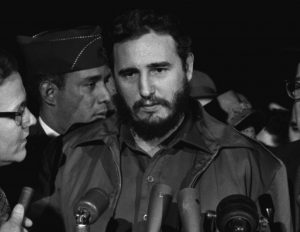
4. The arms that the USSR were building in Cuba were potentially devastating.
Over the summer of 1962, the Soviet Union managed to build up arms including the likes of mid-range nuclear missiles and Soviet IL-28 bombers. Even at mid-range, the nukes hoarded by Cuba could have proved immediately devastating to the US – meaning that Kennedy had to act fast to try and neutralize the threat.
5. The Soviets hid in plain sight to work with Cuba.
Just as the CIA used a public, yet well-hidden office to discuss intelligence plans, the USSR similarly used in-sight trickery to get as many missiles as possible into Cuba.
Specifically, history tells us that troops dispatched from Russia would wear checked shirts and everyday trousers to pose as civilians. Some even had Arctic equipment – all in the name of keeping off the American radar.
6. The disguises worked – up to a point.
The USSR managed to sneak in thousands of personnel across Cuba before the US forces sniffed out a problem even emerging there. In fact, it’s thought that even after discovering the missile silos, American forces continued to underestimate the scale of the operations taking place there.
For example, it’s thought that the USSR had brought more than 40,000 troops over to Cuba to help manage the weaponry and ammo there – and yet, the US had estimated barely a quarter of them, or less.
7. There was some disagreement over how to handle the missile discovery.
Kennedy soon brought together a crack team to try and diffuse the situation. Believe it or not, many of the President’s top advisors suggested launching an air strike against Cuba purely to destroy the missiles and any ammo alongside.
Other advisors, meanwhile, felt it would be safer and more diplomatic to offer warnings – firm ones, mind you!
However, interestingly, JFK decided that a midground option would be the best course of action – which led to him effectively launching a quarantine on naval activity there.
8. An invasion of Cuba could have been announced to the public.
Given the ongoing discussions regarding how to handle the Cuban Missile Crisis, it’s understandable that there were multiple solutions drafted and even speeches written in the event of the worst case scenario.
Specifically, it was eventually revealed that President Kennedy had a public speech ready to go that would announce a military strike on Cuba. Thankfully, JFK never needed to say these words.
9. The US relied on a key Russian spy.
As you might expect, there were certainly spies and moles involved in the stalemate between the US and the USSR during this time. For example, the US benefited from the support of one Oleg Penkovsky, a decorated Soviet Colonel in military intelligence.
Specifically, it was Penkovsky who helped to supply US forces with details regarding missile systems being built by the Soviets – which America then used to help identify activities taking place over Cuba during the Crisis.
Regrettably, Penkovsky was executed for betraying the USSR – or, at least, that’s what historians believe. It’s thought he was terminated in 1963, long after the Crisis had come to a close.
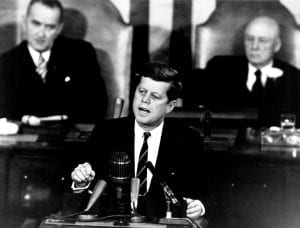
10. Kennedy faked illness to keep plans to tackle Cuba a secret.
What do you do when you’re a public figure with events stacking high on your schedule – yet you need to cancel them en masse to handle a national crisis?
You pull a sickie! That’s exactly what JFK did in 1962, as the Cuban Missile Crisis grew ever more tense. He’d actually intended to tour several states ahead of his midterm elections, but instead had to cut visits short so he could handle the USSR situation. He blamed it all, publicly, on a cold and fever – but he was, in fact, overseeing operations to bring down the Cuban missiles.
11. JFK’s choice of words might have prevented all-out war.
Kennedy and his team were very careful with the wording they chose when sending warnings to Cuba (and by extension, the USSR). Specifically, they used the word ‘quarantine’ instead of ‘blockade’. As history tells us, the phrase ‘blockade’ could have instigated war.
12. Kennedy contacted Khrushchev directly to halt the Cuban missile building.
Back before social media changed political discourse forever, President Kennedy sent a letter directly to Khruschev advising that the US would not permit the transport of weapons across to Cuba.
What’s more, he stated that the Soviet Union must break up any missile bases in Cuba at that time – this letter helped to kickstart a chain of correspondence between the two heads of state that would become iconic of the Crisis era.
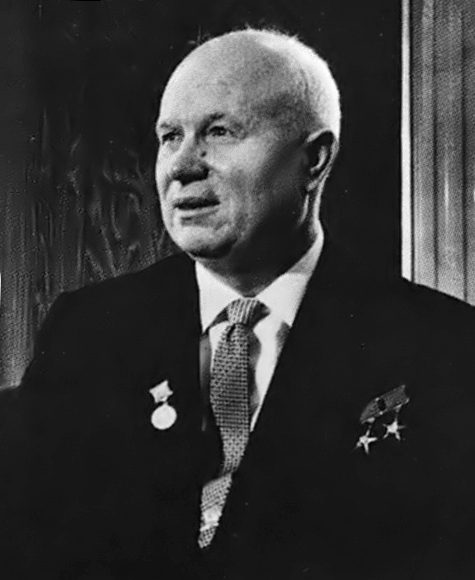
13. Khruschev didn’t take kindly to JFK’s letters.
The Soviet premier countered JFK’s quarantine solution on the grounds that it was an ‘act of aggression’. Therefore, he intended for USSR fleets to continue shipping to Cuba despite US demands to cease.
That said, some ships were still turned away as they reached the US quarantine line – while some were allowed through after checks for weaponry and ammo on board.
14. By the 26th October, US forces were on high alert.
The Cuban Missile Crisis escalated dramatically and at breakneck speed. The end of October saw US forces operating under DEFCON 2, preparing for war in the air. Kennedy, ever the diplomat, was willing to give the other side of the stalemate a little more time.
15. The USSR very nearly altered events dramatically with a torpedo.
It’s thought that things could have turned out much differently had Russian forces persisted with the launch of a nuclear torpedo at the height of the Crisis.
The Soviets were close to launching said torpedo as a result of a signal mistake – a Russian submarine detected the presence of US signals for surfacing to mean that an attack was imminent. Thankfully, the torpedo never launched.

16. Khrushchev sent a dramatic message in the middle of the night.
In the middle of the Russian night, in any case – and in his latest letter, Khruschev actually suggested to JFK and US forces that an agreement could be met – provided that America would be willing to promise no further invasions.
Weirdly enough, this offer of peace was ‘leaked’ to some extent to an ABC journalist hours before the Russian premier contacted the US President. Khrushchev noted that he wanted to ‘take measures to untie (the) knot (of the threat of thermonuclear war)’. Specifically, the Soviet Union appeared ready to make an agreement.
17. However, there was an apparent catch to this proposal of peace.
By the next day, the Soviet premier sent a further message that demanded the US remove its own missiles from Turkish land.
This was coupled with the most dramatic turn of events yet – an American recon jet was blown out of the air during Cuban patrol. This led Kennedy to respond in full to Khrushchev’s first olive branch of peace – with Attorney General Robert Kennedy also suggesting to Soviet ambassadors that the Turkish weaponry demand would also be met.
18. By the 28th October, 1962, the Cuban Missile Crisis was pretty much over.
Of course, things were still – quite literally – up in the air when it came to outright closing down any threats meant from either side of the Cuban Missile Crisis, even when both JFK and Khrushchev had stated they wished to broker peace.
The US continued imposing its quarantine over Cuban waters until USSR forces finally removed its bombers from Cuba itself. By 20th November, the US lifted its restrictions, and, as suggested, took away its Turkish missile base by the spring of 1963.
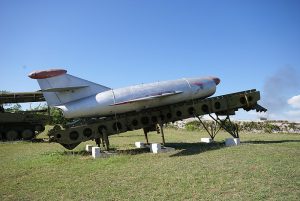
19. The Crisis led to the development of a ‘Hotline’ system.
If you’ve ever heard of the Hotline link between the White House and the Kremlin, it came about largely because of the communication that took place during the Cuban Missile Crisis.
This direct telephone line was set up to establish a direct connection between the highest offices in America and Russia, ensuring that – instead of having to wait on letters and potentially misunderstanding each other – there would be a faster, more direct route to breaking down what each nation demanded.
20. It was a relatively short affair.
For all the Cuban Missile Crisis is still regarded as one of the tensest and most important skirmishes in US-Russian history, it all unfolded in just under a fortnight.
From the date of JFK receiving intel regarding Russian missiles in Cuba to the date Khrushchev agreed to break down artillery in the region, barely 13 days had passed.
That said, US forces didn’t back down quickly and were ready and waiting for weeks at the end of the Crisis, ready to retaliate just in case any attempts to nix the stalemate were made. Thankfully, there weren’t.
21. It was far from the end of nuclear threat and the Cold War.
As history tells us, the Cold War would endure right the way through to the early 1990s, with the rise of Mikhail Gorbachev in Russia and the eventual dismantling of the USSR. The stalemate between the US and USSR would still be a knife-edge affair right through the 1980s, with nuclear fallout still being a very real threat.
And yet, even in the decades since, the potential for nuclear war still hasn’t quite dissipated. Devastating nuclear devices are still in place – meaning all we can do as a society is hope the powers that be never choose to press the button.
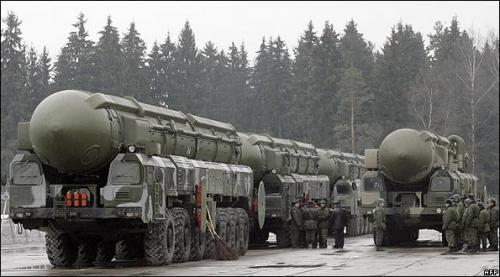
22. Khrushchev actually left some nuclear missiles behind.
It wasn’t until many years later that – contrary to US belief – it was revealed the Soviet Union still had a cache of nuclear weapons in Cuba after the Crisis ended.
Russia had kept a selection of tactical weaponry in Cuba to ensure the nation had some form of defence against the US should it invade again in the future. However, believe it or not, the USSR removed these weapons by the start of December 1962 – reportedly, because they were unsure if Fidel Castro could be trusted with them!
23. The Cuban Missile Crisis helped to soften nuclear tensions to a degree.
Although, as we know, the threat of nuclear war certainly didn’t end with the Cuban Missile Crisis, it actually led to diplomacy between the US and the Soviet Union with regard to banning testing and managing society-ending weapons.
In particular, following the setup of the US-USSR Hotline, the Limited Nuclear Test Ban Treaty was signed as of July 1963.
JFK, too, would publicly advise US citizens that ‘we are all mortal’ and would try to foster peace on his home soil – and to consider diversity.
24. JFK never got to see his vision for peace come to fruition.
Barely months after signing the treaty and a year following the Cuban Missile Crisis, John F. Kennedy would be assassinated while touring Parkland Heath in Dallas, Texas. He served as US President for just over two years, barely midway through a standard Presidential term.
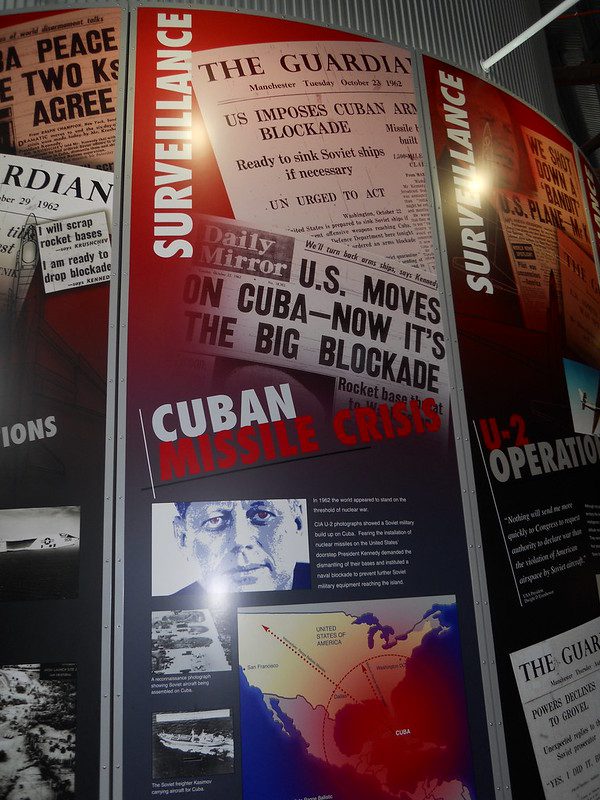
25. Kennedy believed the Cuban Missile Crisis offered less of a physical threat than many anticipated.
Specifically, it’s thought that JFK was more concerned about the political threats and ramifications of the ongoing Cuban Missile Crisis rather than the physical or military detriments it posed.
FAQs About The Cuban Missile Crisis
How did JFK stop the Cuban Missile Crisis?
US President John F. Kennedy helped to stop the Cuban Missile Crisis by implementing a quarantine on naval activity around Cuba until the USSR agreed to dismantle weapons they had installed there. This led to a stalemate that would eventually be undersigned by both America and Russia.
Why was the Cuban Missile Crisis so serious?
The Crisis was a pivotal moment in the Cold War between the USA and the Soviet Union – with both sides concerned that either could launch nuclear weapons at any time. The Crisis could have led to the loss of millions of innocent civilians in the US, Russia, and Cuba if it hadn't been resolved so fast.
Why didn’t Kennedy invade Cuba?
Instead of invading Cuba over the Missile Crisis, President Kennedy accepted a deal offered by the USSR to remove weapons provided the US wouldn’t invade the island further. The deal also led to the US removing much of its artillery from Turkey, over which the Soviet Union disputed. A speech was drafted in the event that the US would lead airstrikes over Cuba, however.
Do you know any interesting facts about The Cuban Missile Crisis? Share them in the comments below!
Further reading
https://www.britannica.com/event/Cuban-missile-crisis
https://www.jfklibrary.org/learn/about-jfk/historic-speeches/address-during-the-cuban-missile-crisis
